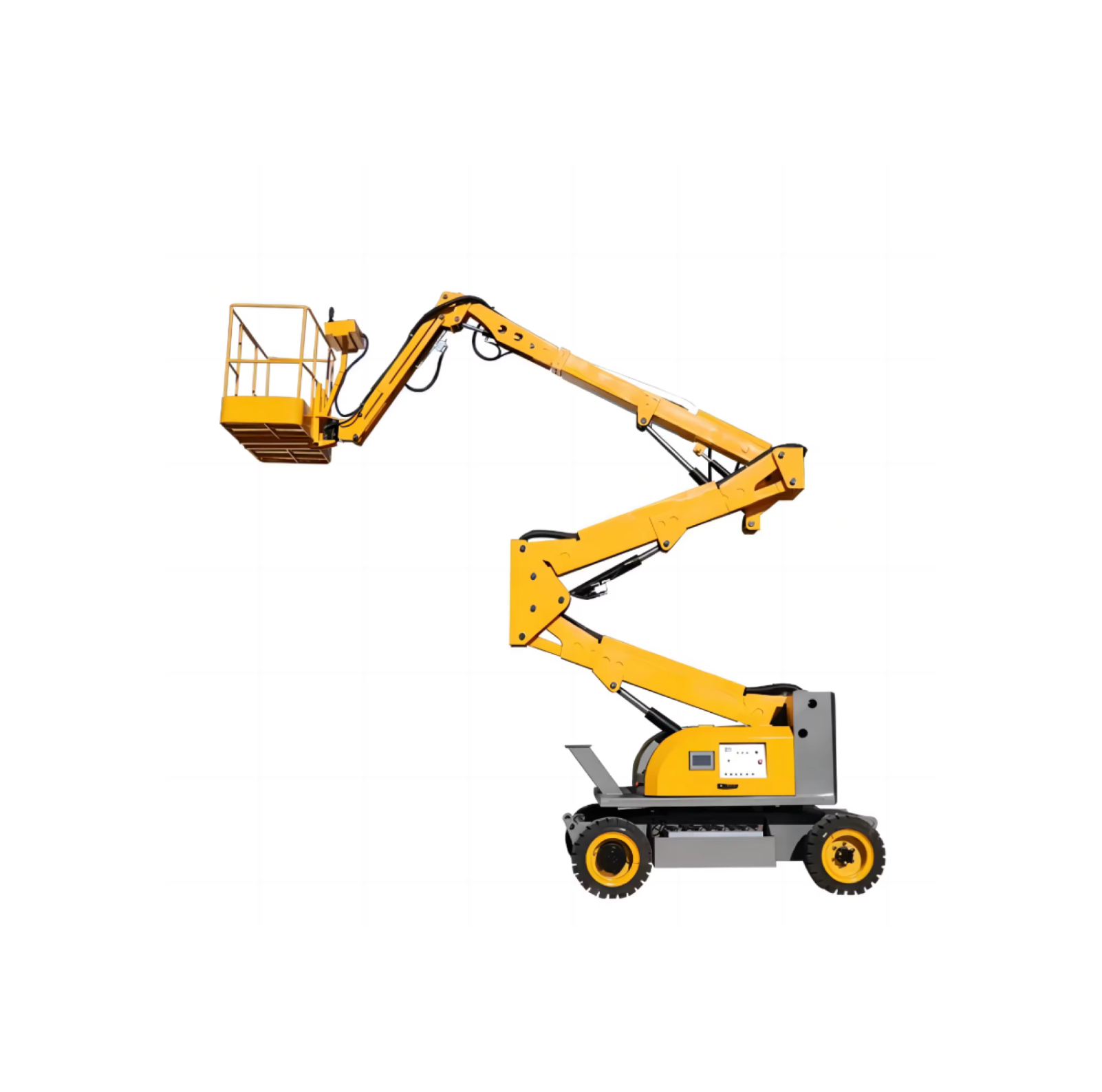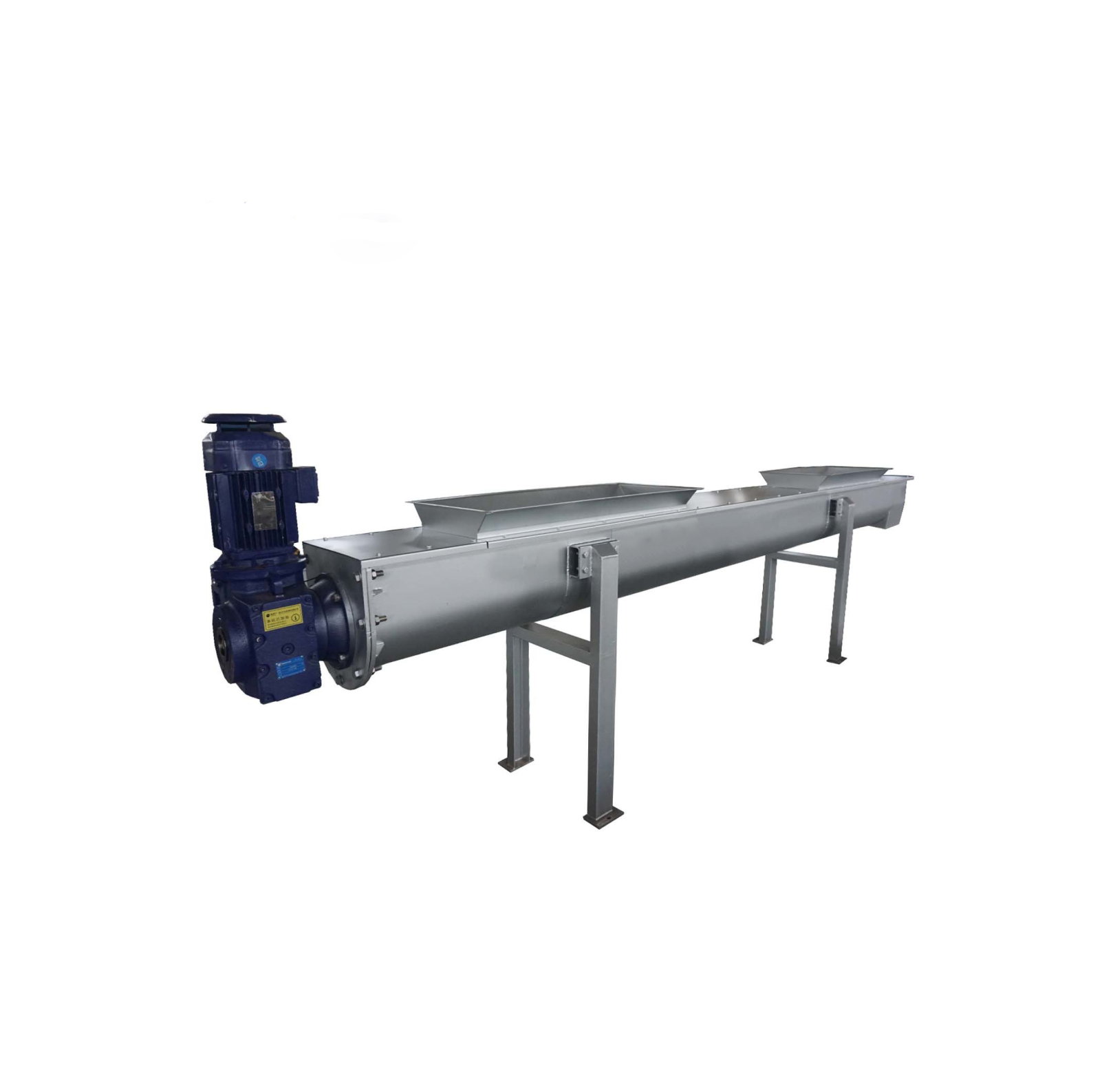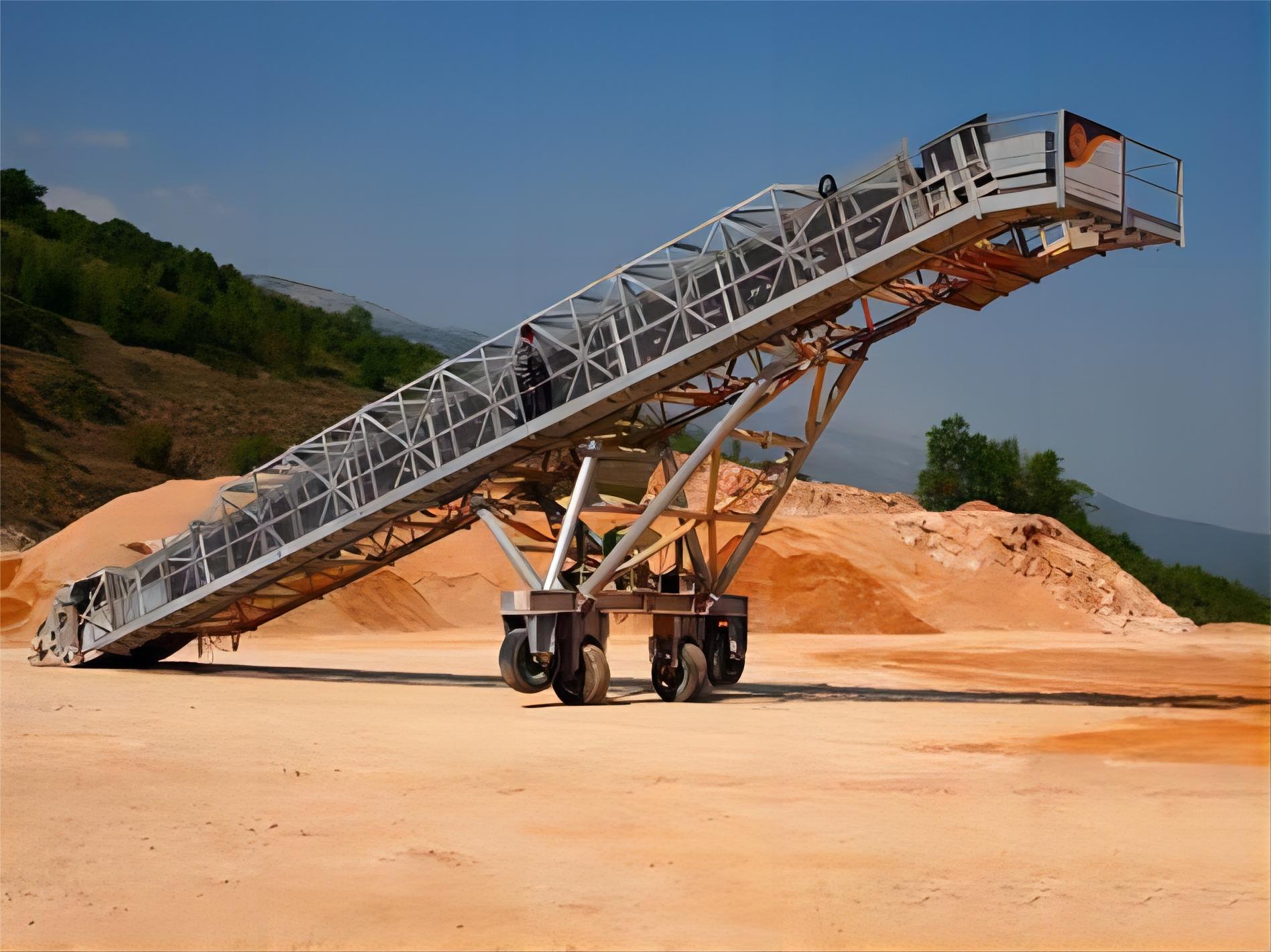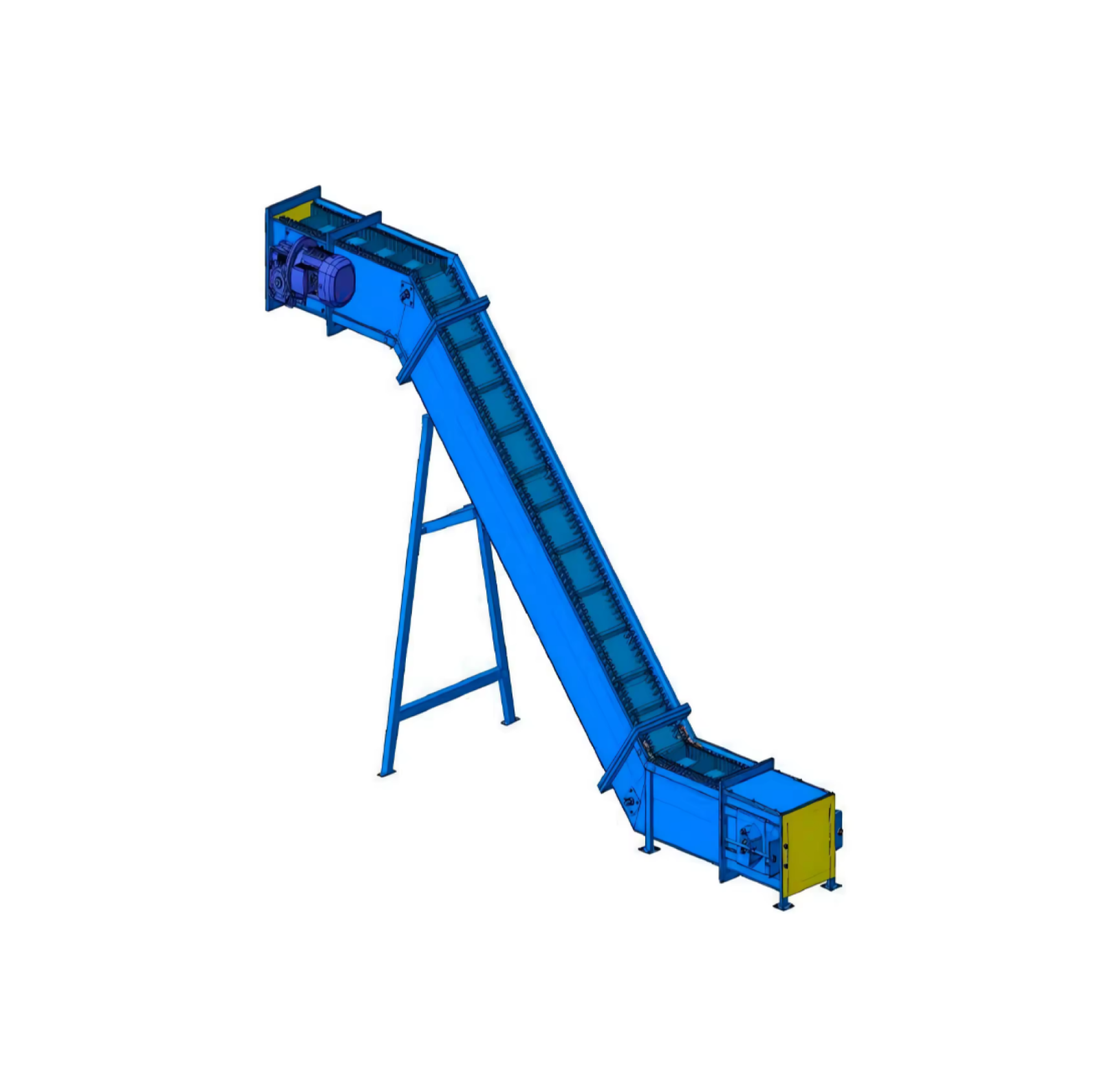Large-angle conveyors are specially designed to meet the needs of complex material transportation. They are suitable for efficient material transportation in a small space. Its main working principle is to move materials from one transportation point to another with the help of the friction of the conveyor belt. Large-angle conveyors can achieve large-angle transportation in a very small space, which is a supply capability that traditional conveying equipment cannot match in many occasions.
The design standards of large-angle conveyors should meet the needs of different materials and application scenarios. During the design stage, relevant technical parameters such as conveyor belt type, inclination angle, conveying capacity, drive device and control system need to be strictly calculated and selected to ensure efficient, safe and sustainable operation of the equipment.
Compared with traditional conveying equipment, large-angle conveyors have the following advantages:
With the continuous improvement of industrial automation and intelligence, the market demand for large-angle conveyors is also gradually increasing. Especially in the fields of mining, construction, chemical industry, food, etc., finding solutions that can effectively improve material transportation efficiency will inevitably promote the widespread application of this technology.
In general, the large-angle conveyor has become an indispensable and important equipment in the modern material handling process with its unique design and significant market advantages. With the continuous advancement of technology, it is believed that more innovative solutions will emerge in this field to meet the ever-increasing production needs of enterprises.





